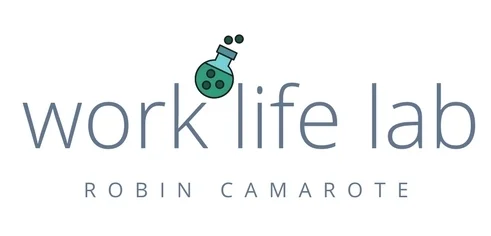The post below is copied from my Letter to the Falls Church New Press editor published earlier this week here. It's the forth down.
Tomorrow, I'll vote absentee because I'll be away next week at Valley Forge, PA for a meeting. I'll spare everyone some stretch of an analogy to revolutionary times.
For City Council, I'll be voting an enthusiastic YES for Letty Hardi and Dave Tarter. My third vote will go to Johanna Barry as the least crappy of the three remaining choices. Phil Duncan lost his opportunity to represent me and my family when he wrote a letter pleading for a lesser sentence for a local, admitted and convicted pedophile. Sam Mabry is a wanna-do-nothing bureaucrat determined to stop any forward momentum in the city.
In terms of the school board, i'll be voting with a big smile (and maybe jazz hands) for Erin Gill. I'll also be voting for Jacob Radcliff and Phil Reitinger because they're new too. We desperately need fresh (non-crazy) voices out there speaking on behalf of our kiddos.
God Bless America (and Happy Halloween!!!)
*****************************
I thought life in Falls Church was pretty good until I started paying attention to the city council election. My family loves our community, our neighbors, and our friends here.
I’ve written multiple versions of this letter. Admittedly, it’s been tough to finalize. This was in part because I needed clarity around my own thoughts on redevelopment, anticipated traffic impacts, and stretching our school’s capacity. I’m also hung up on the emerging, disturbing details of current and past community leaders and their combined leniency plea for a convicted pedophile. Their actions defy logic and sound judgment.
So all of the chatter about the pros and cons of taxing those who want to catch a movie, tolling those who want to get to work on-time, and shutting out those seeking a high-rise home in a small city (especially if they have kids – yikes!) is a distraction from our first order of business.
We need a clean house.
We need a fresh start with a new team – no incumbents or past members. There is too much baggage (with little evidence of any healing or self-reflection done) for this group to function effectively. Unfortunately, the math doesn’t work out. With only one first-time candidate among the five, the refresh can’t be done in one election but we must start here.
The same is true for the school board. We need a clean slate of leaders who are ready to roll up their sleeves and work together without resorting to tactics that distract from the number one issue – school kids.
We can start on November 3 by electing a team to effectively represent us, work together, and be trusted to make compassionate, courageous leadership decisions.






















